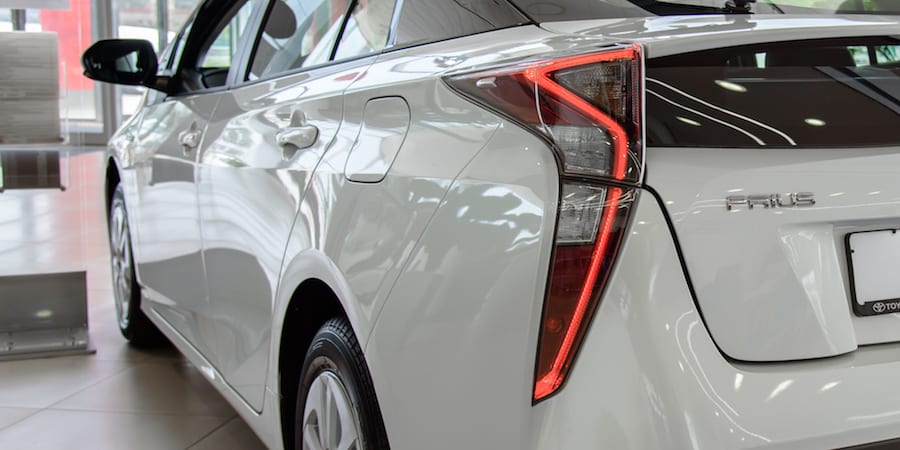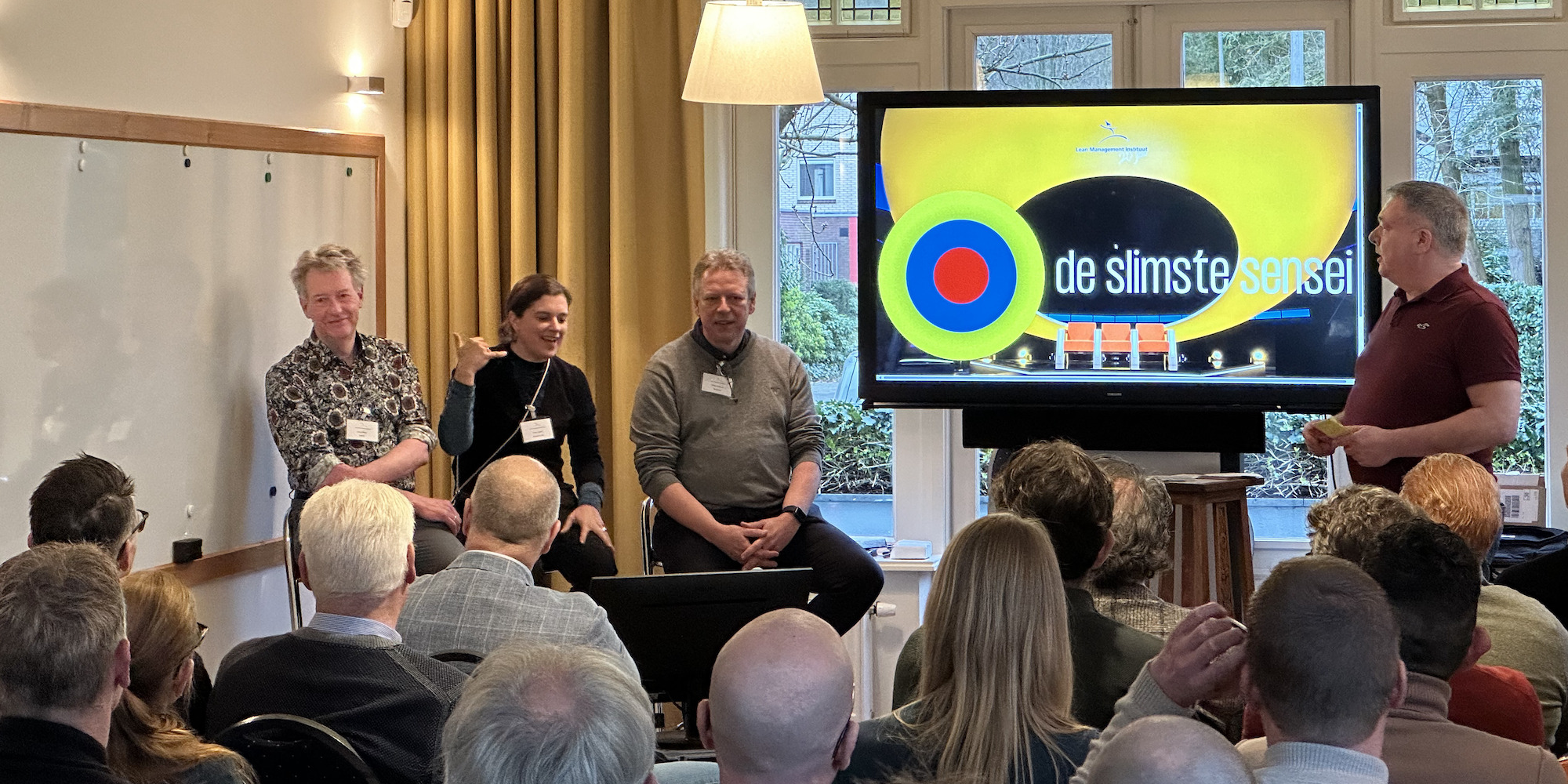
What TNGA teaches us about resilience and responsibility
FEATURE – Following a webinar with product development expert Jim Morgan, the author reflects on what the Toyota New Global Architecture and Chief Engineer system can teach us.
Words: Lex Schroeder
Photo credit: Renovacio / Shutterstock.com
Like many lean thinkers and practitioners, I fell into the lean community; I didn’t seek it out. As a result, it took me a long while to care about lean in and of itself. What I cared about when I first encountered it as a young editor was effective knowledge-sharing. I appreciated that there was tremendous wisdom to be shared from Toyota (indeed, there still is).
But then, thanks to excellent coaches during my time at the Lean Enterprise Institute, it happened. I started feeling motivated by lean. I could see how I could use lean thinking (primarily the A3 process, but not only this) to make my ideas, plans, and day-to-day work visible to others without fear. I could see how it provided me with stable processes upon which my team and I could get really creative. This combination of stability and flexibility—what Jim Morgan (former Global Engineering Director at Ford and Senior Advisor for Lean Product and Process Development at LEI) calls the “yin and yang of product and process development”—is essential to any business, big or small, old or new, in any sector. It has been central to the Toyota Production System historically and it continues to be a key tenet of the Toyota New Global Architecture (TNGA). Effectively managing these two seemingly opposing forces of stability and flexibility is what creates much-needed balance in any work process.
This, to me, is a uniquely human capability. It is an endless challenge at the individual level, team level, and systems level and a compelling one.
Jim Morgan spoke in great detail about this and other aspects of TNGA in conversation with John Shook in preparation for the Lean Global Network’s Japan Learning Tour earlier this fall. It’s a fascinating and far-ranging conversation about how Toyota has responded to challenges associated with rapid growth and a tough period of errors and recalls, an increasingly complex global supply chain, the question of when to use humans versus robots, and all things sustainability.
The impetus for TNGA came in the early 2000s. Toyota was growing too quickly, its product development costs had skyrocketed, and they found they desperately needed new ways of working with many more new global suppliers. (Toyota used to have about 60 suppliers, now they have thousands). The challenge was how to stay innovative while continuing to focus on craftsmanship working across many different offices, factories, parts distribution centers, and suppliers. Not all suppliers had the same capabilities, and suppliers nowadays supply many different companies, never just one. For all of these reasons and more, it is tough for any company to gain a competitive edge. Again and again, it comes back to staying flexible enough to continue to create value for the customer/community member and really listening to what people want.
Perhaps most interesting about TNGA is how Toyota has used it to free their Chief Engineers to focus their efforts on innovation where it adds most value to their customer. This ability to deeply understand and effectively deliver customer value continues to distinguish Toyota from the pack (read more about what a great chief engineer does here). From this, no matter our industry, we learn that we must take ownership of our vision, work process, and job role in order to gain a positive influence on others and actually lead teams effectively. As Jim reflects on Toyota’s chief engineers, “If you have to start forcing people to work on your vision, then you either a) don’t have a very good vision or b) you’re not doing a good enough job of explaining the compelling vision for what these products need to be. This is why the best chief engineers really take this responsibility on themselves. They feel extreme ownership and accountability for their product: its vision and performance.”
Just the role of the Chief Engineer reminds us of the unyielding need for beautiful and error-free human craftsmanship, whatever it is we are making. This is important given the widespread fear that companies will replace so many human jobs with robots. During the LGN Japan Learning Tour, this idea was echoed by the words of Mr. Katsumata, the Chief Engineer of the Camry, who LGNers had the pleasure of hearing from directly in person: “A Chief Engineer needs passion and obsession,” he said. “Like a father always has his children in mind, so the Chief Engineer is thinking about the car all the time.”
As Jeff Rothfeder writes in Fast Company, “Toyota has eschewed seeking growth primarily through cost-cutting (read automation), but rather has focused on automobile improvements offered at aggressively competitive prices. [The TNGA strategy] doesn’t primarily target labor to reduce production expenses but instead is weighted toward smarter use of materials; reengineering automobiles so their component parts are lighter and more compact and their weight distribution is maxed out for performance and fuel efficiency; more economical global sharing of engine and vehicle models… and a renewed emphasis on elusive lean concepts, such as processes that allow assembly lines to produce a different car one after another with no downtime… robots are not the strategic centerpiece, but merely enablers and handmaidens, helping assemblers do their jobs better, stimulating employee innovation and when possible facilitating cost gains.”
And it’s not all about the Chief Engineer, either. The Chief Engineer at Toyota has the job of bringing out the best skills and creativity in others. As Jim reminds us in his seminar, “It takes a lot of conflict to make a great product. And [as Chief Engineer], your ability to embrace that conflict in a structured and positive way is a part of the key to success.” If stability and flexibility in balance are what make a good work process, perhaps it is a right mix of fierce responsibility and genuine openness that makes a good leader.
As I listened to Jim and John describe Toyota’s response to an increasingly complex global supply chain and changing world, I also realized that perhaps no one really owns anything anymore. Toyota has made its hydrogen fuel cell patents open to anyone who wants them because they want to build a critical mass of people engaging in hydrogen research. Ideas now tend to be accessible to everybody, because at the end of the day it is excellence and being able to execute on ideas that wins out. And at least in the case of doing everything we can to mitigate climate change, don’t we want every company learning and using the latest environmentally-friendly technology?
From Toyota (and TNGA is a great example of this), we continue learn about how to be resilient, how to welcome change and adapt to it rather than resist it, and how to actively work with complexity—always keeping the focus on the work to be done. In an increasingly complex world riddled with problems, there are enormous benefits to this way of thinking.
THE AUTHOR

Read more


FEATURE - The editorial board members of Planet Lean reflect on the magazine's origin story and its role within and contribution to the Lean Community.


FEATURE – In February, our affiliate in the Netherlands turned 20. The President of Lean Management Instituut reflects on this achievement and looks back at these two decades.



WOMACK’S YOKOTEN – Toyota’s commitment to employees reminds us that it is impossible to tap into the full potential of lean without providing people with stable, gratifying employment.


FEATURE – Why doesn't lean have a manifesto? The authors highlight the core principles and values of lean thinking, but warn these can only go so far without the learning that comes from working every day towards solving the next problem.

